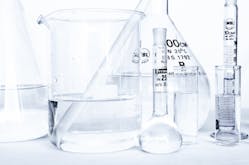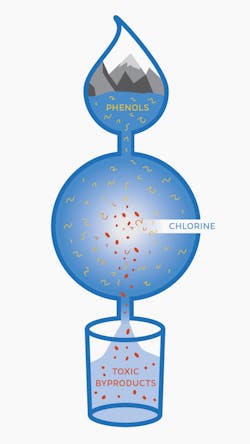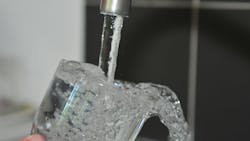The following is a transcript of the WaterWorld Newscast for the week of February 3, 2020.
Hi, I'm Angela Godwin, bringing you water and wastewater news headlines for the week of February 3. Coming up...
- EPA, Army announce WOTUS replacement rule
- Study identifies new chlorine disinfection byproduct
- Pittsburgh sees promising decrease in lead levels
The Trump administration's Navigable Waters Protection Rule seeks to clarify the types of waterways subject to Clean Water Act regulation and replaces the Obama-era WOTUS rule from 2015.
The new rule identifies four categories of federally regulated waterways:
- Territorial seas and traditional navigable waters;
- Perennial and intermittent tributaries to such waters;
- Certain lakes, ponds, and impoundments of jurisdictional waters; and
- Wetlands adjacent to other jurisdictional waters.
The rule also outlines 12 categories of exclusions, such as ephemeral waters, groundwater, many ditches, and others.
The rule is expected to take effect 60 days after publication in the Federal Register.
More information is available at epa.gov/nwpr.
Specifically, the scientists looked at byproducts created by mixing chlorine with phenols, which are compounds that occur naturally and are found in personal care products and pharmaceuticals.
Using mass spectrometry, the researchers found two new compounds, BDA and BDA with chlorine attached, that had never been identified before in chlorinated water.
BDA is toxic and a known carcinogen.
The researchers stressed that this was a lab study and that real drinking water flows were not evaluated.
However, they do believe that it emphasizes the need for new analytical methods to detect toxic byproducts both from chlorination and alternate methods of disinfection.
Pittsburgh has been struggling with getting its lead levels under control following a change in corrosion control additives in 2014.
Since switching to orthophosphate last April, PWSA has seen lead levels decline and consider this latest round of testing a major milestone toward coming into compliance with federal regulations.
PWSA must show compliant lead levels for two six-month testing periods in a row. The next round of testing will happen during the first 6 months of 2020.
For Endeavor Business Media, I'm Angela Godwin. Thanks for watching.






